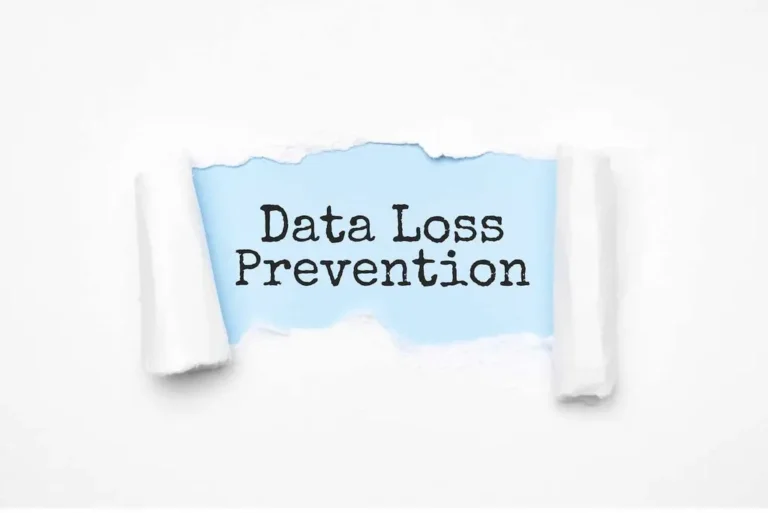In many cases, efficient risk administration proactively protects your organization from incidents that may have an result on its popularity. These pressures can lead to a number of kinds of danger that you must handle or mitigate to avoid reputational, monetary, or strategic failures. If you want to improve your job efficiency and identify and mitigate risk extra effectively, here’s a breakdown of what threat administration is and why it’s important Application Migration. Risk discount or “optimization” involves decreasing the severity of the loss or the likelihood of the loss from occurring. For example, sprinklers are designed to place out a fireplace to reduce the risk of loss by hearth. This technique might trigger a greater loss by water injury and therefore will not be suitable.
Threat Control & Threat Administration: What’s The Difference?
No matter how well-prepared your business what is the definition of risk management? is, operational dangers can surface at any time — and from sources you may not have been aware of up to now. Risks can take the form of a model new cybersecurity threat, a provider, a vendor or service supplier who’s no longer capable of service your company, or an equipment failure. Regardless of industry, how shortly and successfully dangers may be recognized and managed will determine how properly corporations and establishments will recuperate and rebuild — and this requires rethinking threat management methods. In devising an action plan for lower-priority threat, the business will want to decide its risk tolerance.
Can Risk Management Instruments Predict Future Risks?
After all danger sharing, threat switch and threat discount measures have been carried out, some risk will stay since it’s nearly impossible to eliminate all threat (except by way of threat avoidance). The graph below shows a time collection of returns (each information level labeled “+”) for a specific portfolio R(p) vs. the market return R(m). Inadequate danger management may find yourself in severe penalties for companies, people, and the general economy. You can also estimate the severity of risk by trying on the chance and influence. All the dangers aren’t negative and will present opportunities to improve and grow.
Leveraging Know-how In Regulation Enforcement: How To Choose Leading Edge And User-friendly Instruments

The specifics of danger administration range from business to business and from industry to industry. However, the changes it has brought have shaken up the methods quite a few enterprises function. Those disruptions even have exposed firms to new types of threat, together with digitally pushed fraud, labor shortages, and rising materials costs. With the growing number and scale of challenges that they’re facing, companies in nearly each sector are seeing the critical necessity of creating a threat administration framework. Risk Reassessment ensures that threat management methods are related and sensible by conducting periodic critiques of the chance setting to establish new dangers and reevaluate current ones. Risk management requires a scientific and structured method involving figuring out, assessing, and mitigating risks.
- One of probably the most useful instruments in this step is a risk evaluation matrix, which could be developed to visualize potential threat impacts.
- Proper threat management can help unlock these avenues and permit for a extra streamlined expertise, whether or not that’s cheaper cyber insurance coverage, fewer lawsuits, or touchdown and expanding into new markets.
- Both involve buying insurance to protect against a variety of dangers, from losses due to fire and theft to cyber legal responsibility.
- In fact, at their core, risks describe a broader vary of eventualities that could be innocent, or however, generate undesirable consequences.
What’s Enterprise Threat Management (erm)?
Overall, this aids in defending your company’s operational effectivity, funds, and reputation. And, it signifies what resources may be required to work in compliance with a low-risk environment. It’s about being prepared for the worst-case scenario at all times, even if the unwanted occasion never actually happens. The benefit of this approach is that these dangers at the moment are seen to each stakeholder within the organization with access to the system.
This may be done by conducting a threat assessment, which includes reviewing all of the potential risks that would affect your business and recording them on a danger management plan. All organizations, no matter measurement, must have robust danger administration in place. This is as a outcome of risk administration helps to proactively determine and control threats and vulnerabilities that could influence the group negatively. Security risk assessments are a key element to understanding a corporation’s risks and building business resilience.

Multiplying the risk’s probability rating with the risk’s influence rating generates the risk’s general danger score. This requires incorporating boundary systems—explicit statements that define and communicate risks to avoid—to guarantee internal controls don’t extinguish innovation. Through a draft steering, the FDA has launched one other method named “Safety Assurance Case” for medical system security assurance evaluation. With the guidance, a security assurance case is predicted for safety crucial units (e.g. infusion devices) as part of the pre-market clearance submission, e.g. 510(k). In 2013, the FDA launched another draft guidance expecting medical system manufacturers to submit cybersecurity danger evaluation info. Risk administration failures are sometimes chalked up to willful misconduct, gross recklessness or a series of unfortunate occasions no one might have predicted.
Risk identification can result from passively stumbling across vulnerabilities or by way of applied instruments and management processes that elevate pink flags when there are potential identified dangers. Being proactive rather than reactive is always the best method to danger reduction. In a mature threat program, organizations can, should, and do conduct periodic inside and external danger assessments that assist identify unseen risk elements. Numerous compliance frameworks also require a formal threat evaluation at least annually, so finishing this step can knock out multiple birds with one stone. For instance, frameworks like ISO 27001, SOC 2, NIST SP , HITRUST CSF, and PCI DSS all mandate regular risk assessments. All identified dangers, assessments, response plans, and backbone notes must be documented in a proper “risk register” or “risk inventory” that’s frequently reviewed and up to date.
The first of 5 key principles of the risk management course of is identification. After this, danger analysis entails assessing the impacts of this threat event occurring. Risk management is next – minimizing the probability of incidence, and danger financing means investing in the proper measures for prevention (such as insurance).
Risk management tools that facilitate state of affairs evaluation enable organizations to discover the impacts of various hypothetical future occasions. This may help put together for attainable eventualities, even if a threat’s actual nature or timing cannot be predicted. Discover vendor risk administration, its common risks, efficient methods, and tools to guard your business from vendor-related challenges. Loss prevention and risk discount are when a company takes steps or methods to reduce back the influence of a selected risk that happens.
Tools like Monte Carlo simulations permit for exploring numerous eventualities based mostly on totally different assumptions and inputs. These simulations can present a spread of outcomes with possibilities, helping organizations perceive potential future dangers under a quantity of conditions. Brainstorming is a artistic group problem-solving approach that generates a wide range of ideas for danger identification and mitigation strategies. SWOT Analysis is a strategic planning device for identifying Strengths, Weaknesses, Opportunities, and Threats related to enterprise competitors or project planning.
Indeed, the purpose of any threat administration program is to not get rid of all danger but to make good threat selections. Protect your corporation from potential dangers and try in course of compliance with regulations as you explore the world of proper governance. This methodology of threat administration makes an attempt to attenuate the loss, somewhat than completely get rid of it.
A crucial step in maintaining the well being and safety of your workers and purchasers is figuring out threats using risk assessment methodologies. The Occupational Safety and Health Administration (OSHA) standards state that the private protecting equipment and tools a worker could require for their job rely upon how harmful the state of affairs is or how much threat there may be. Risk management is an ongoing course of and doesn’t finish as quickly as your risks have been identified and remediated. Therefore, your organization’s threat administration practices must be revisited yearly to make sure insurance policies, procedures, and dangers are up-to-date and related.
Transform Your Business With AI Software Development Solutions https://www.globalcloudteam.com/ — be successful, be the first!

Leave a Reply